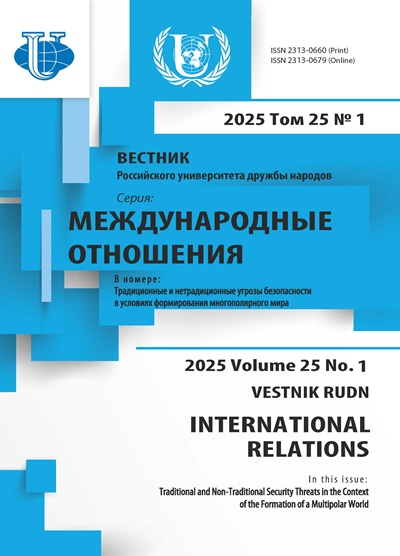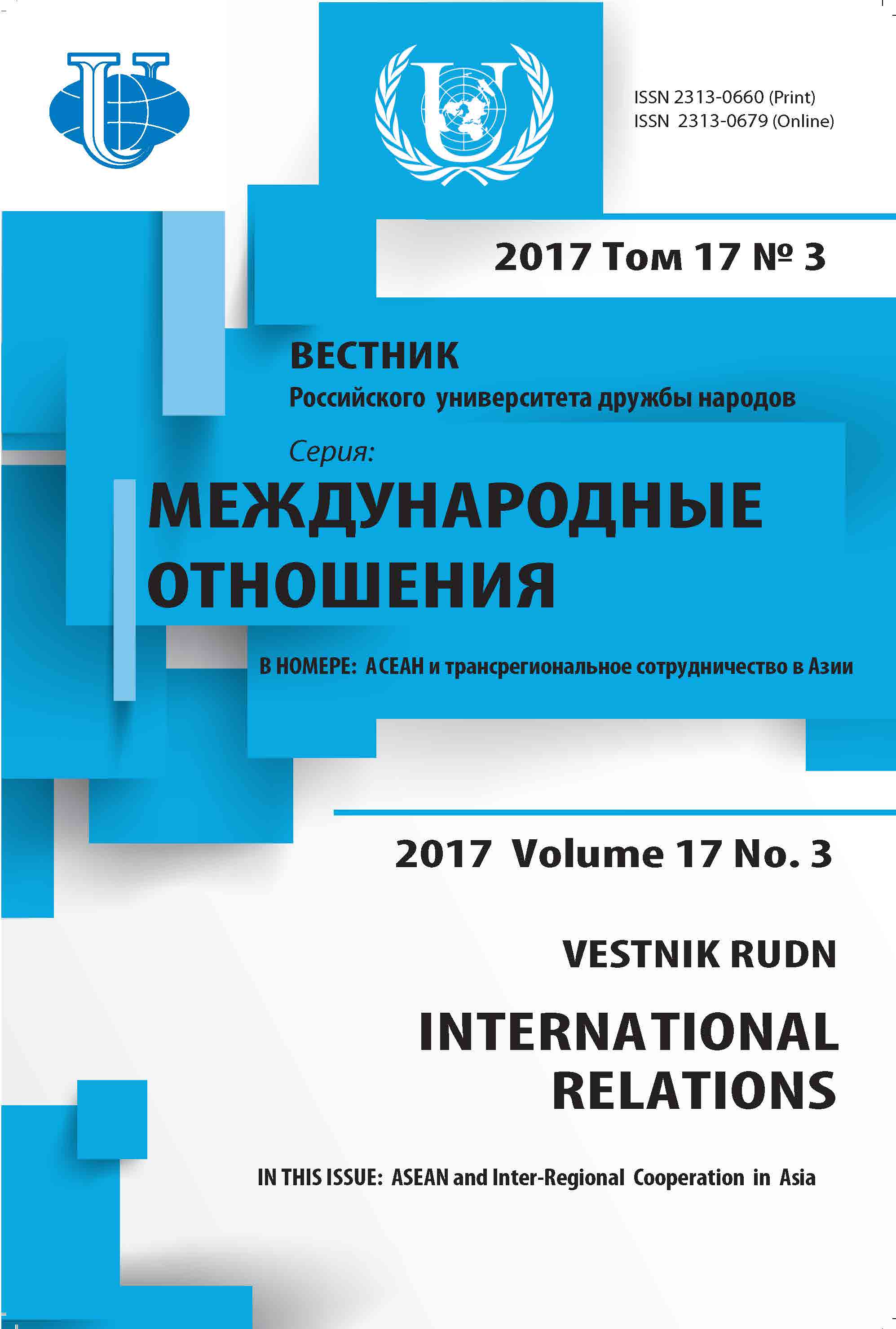Abstract
The article focuses upon new aspects in ASEAN priorities relevant to the rise of efficiency of ASEAN-led multilateral dialogues platforms - ASEAN Regional Forum (ARF), ASEAN Defense Ministers Meeting Plus Eight (ADMM+8) and East Asia Summit (EAS). Having outlined the conceptual contradiction between the rise of the global component in Asia-Pacific security challenges, the authors trace the intellectual and practical dimensions of ASEAN response. On reviewing the key directions of intra-ASEAN expert discussions, the authors reveal their qualitatively new component - to link the modi-fication of ASEAN modality of cooperation and its expansion to the Eurasian area. The trace of factors responsible for the possibility and necessity to adopt ARF, ADMM+8 and EAS to the impeding format ASEAN-SCO-EAEU and practically-oriented proposals about the promising directions of cooperation within this format are the key academic value-added of the study. The actuality and academic significance of the study stem from the necessity to analyze issues important for ASEAN and its Eurasian partners. Among these issues, the key are: which directions of cooperation can be of help for ASEAN in order to strengthen its positions as the driving force of Asia-Pacific multilateral dialogue frameworks? By what means can ASEAN and ASEAN-led formats be integ-rated in the establishment of Greater Eurasia with the maximum outcomes for both ASEAN and its Eurasian partners? How can ASEAN experience be used for the establishment of an efficient trans-continental rather than regional multilateral security dialogue? Findings on these issues make the article academi-cally unique.











